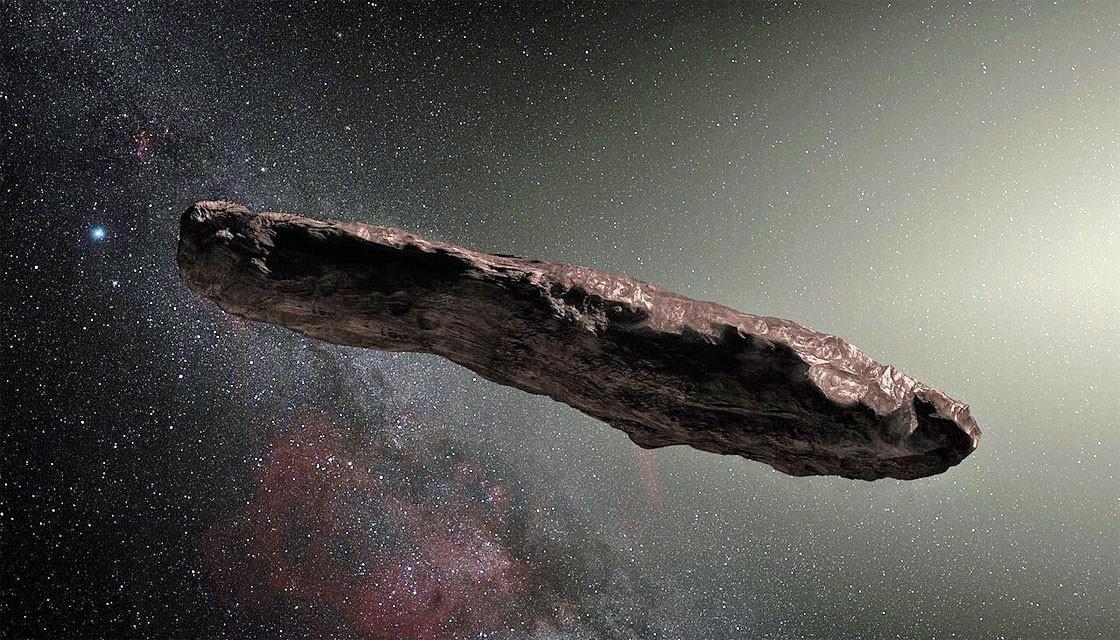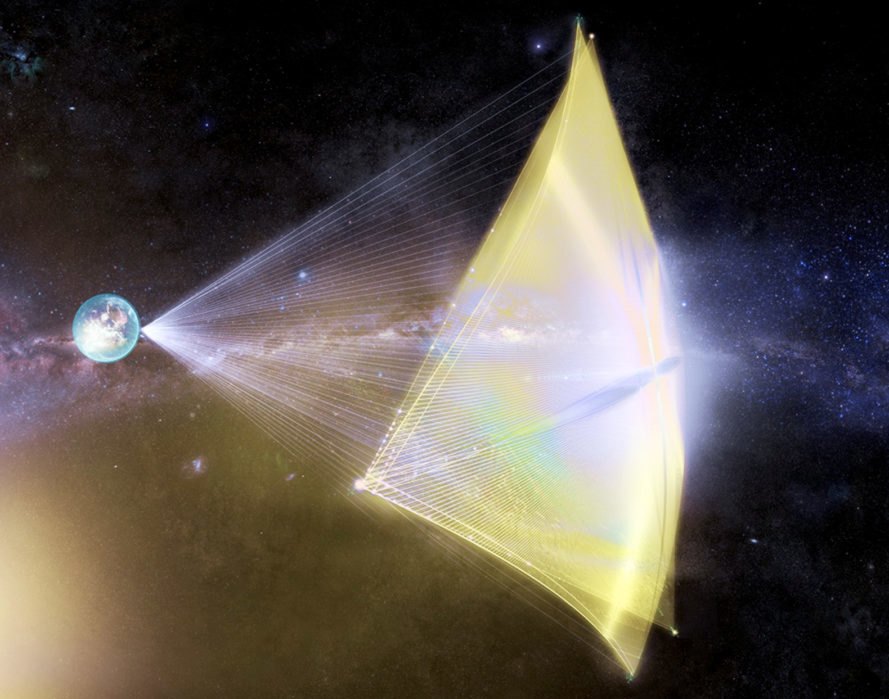`Oumuamua: Testing the Solid Hydrogen Theory

The discovery of the first interstellar asteroid, 1I/2017 U1 ('Oumuamua), has opened a new era for research on interstellar objects. A number of mysteries were raised by the 2017 discovery of 'Oumuamua, the first interstellar object detected visiting our solar system. Chief among these: what caused 'Oumuamua's unexpected non-gravitational acceleration as it sped away from the Sun and off into space? One posited theory was that this interstellar asteroid was actually a hydrogen iceberg. A composition of hydrogen ice could explain the asteroid's unusual, elongated shape, and sublimation of this ice could drive its extra acceleration. But Hoang and Loeb's analysis shows that an 'Oumuamua-sized hydrogen iceberg would be destroyed within 10 million years by starlight heating. Collisional heating would also rapidly wear at such an object in its birthplace, potentially destroying it before it could escape into the interstellar medium and journey to our solar system. And even the formation of such a hydrogen iceberg seems unlikely: Hoang and Loeb show that it is difficult to form icy grains rich in molecular hydrogen in the dense clouds that could birth an interstellar asteroid.
Spinup and Disruption of Interstellar Objects

The discovery of the first interstellar asteroid, 1I/2017 U1 ('Oumuamua), has opened a new era for research on interstellar objects. In this project, we aim to understand the evolution of ISAs by study the rotational dynamics of interstellar asteroids (ISAs) of irregular shapes moving through the interstellar gas.
Publications
- Thiem Hoang, Abraham Loeb, Destruction of molecular hydrogen ice and Implications for 1I/2017 (`Oumuamua), ApJL, 899, L23
- Hoang Thiem , Loeb Avi, Lazarian A., and Cho J., Spinup and Disruption of Interstellar Asteroids by Mechanical Torques, and Implications for 1I/2017 U1 ('Oumuamua), 2018, ApJ, 860, 42
- Interactions of relativistic spacecraft with interstellar matter
- Charging of relativistic spacecraft and its interaction with interstellar magnetic fields
- Drag force on relativistic lightsail and spacecraft deceleration
- Hoang Thiem, and Loeb, A., Electromagnetic forces on a relativistic spacecraft in the interstellar medium , 2017, ApJ, 848, 31
- Hoang Thiem, Relativistic Gas Drag on Dust Grains and Implications , 2017, ApJ, 847, 77
- Hoang Thiem, Lazarian, A., Burkhart, B., and Loeb, A., The interaction of relativistic spacecrafts with the interstellar medium , 2017, ApJ, 837, 5, arXiv:1608.05284
Searching for Life with Relativistic Spacecraft

Breakthrough Starshot Initiative aims to launch relativistic nanoscale spacecraft to visit the nearest stellar system Alpha Centauri within a generation. I work on physics of relativistic spacecraft cruising in the magnetized interstellar medium toward the Alpha Centauri, including surface damage, spacecraft charging, and dynamics. Currently, I am interested in the following topics:
In Hoang, Lazarian, Burkhart and Loeb (2017) we investigated in detail the interaction of relativistic nanocraft with the interstellar medium. We quantified the damage by collisions with interstellar gas and dust and suggested practical methods to protect the spacecraft.
In Hoang and Loeb 2017 we studied the charging of spacecraft by interstellar matter and quantified the instability of the spacecraft due to interaction of charged craft with the interstellar magnetic field.
In Hoang 2017 we studied the drag force due to the collisions of gas atoms with the relativistic lightsails and explore its effect on the motion of relativistic spacecraft in the ISM. We pointed out that the drag force decreases at high speeds rather than increases as given by classical theory. This induces negligible slowing down for the spacecraft with open lightsail.